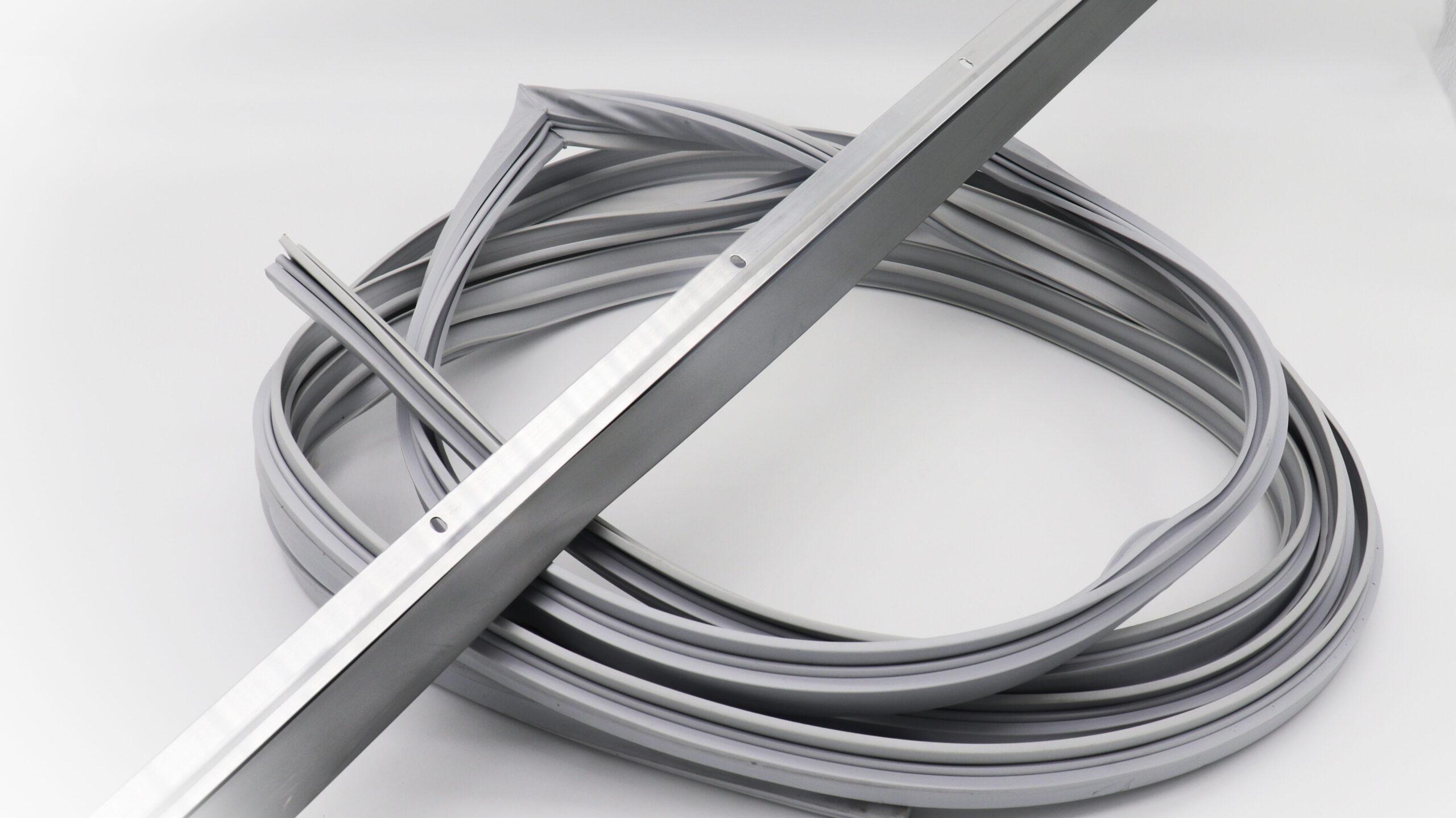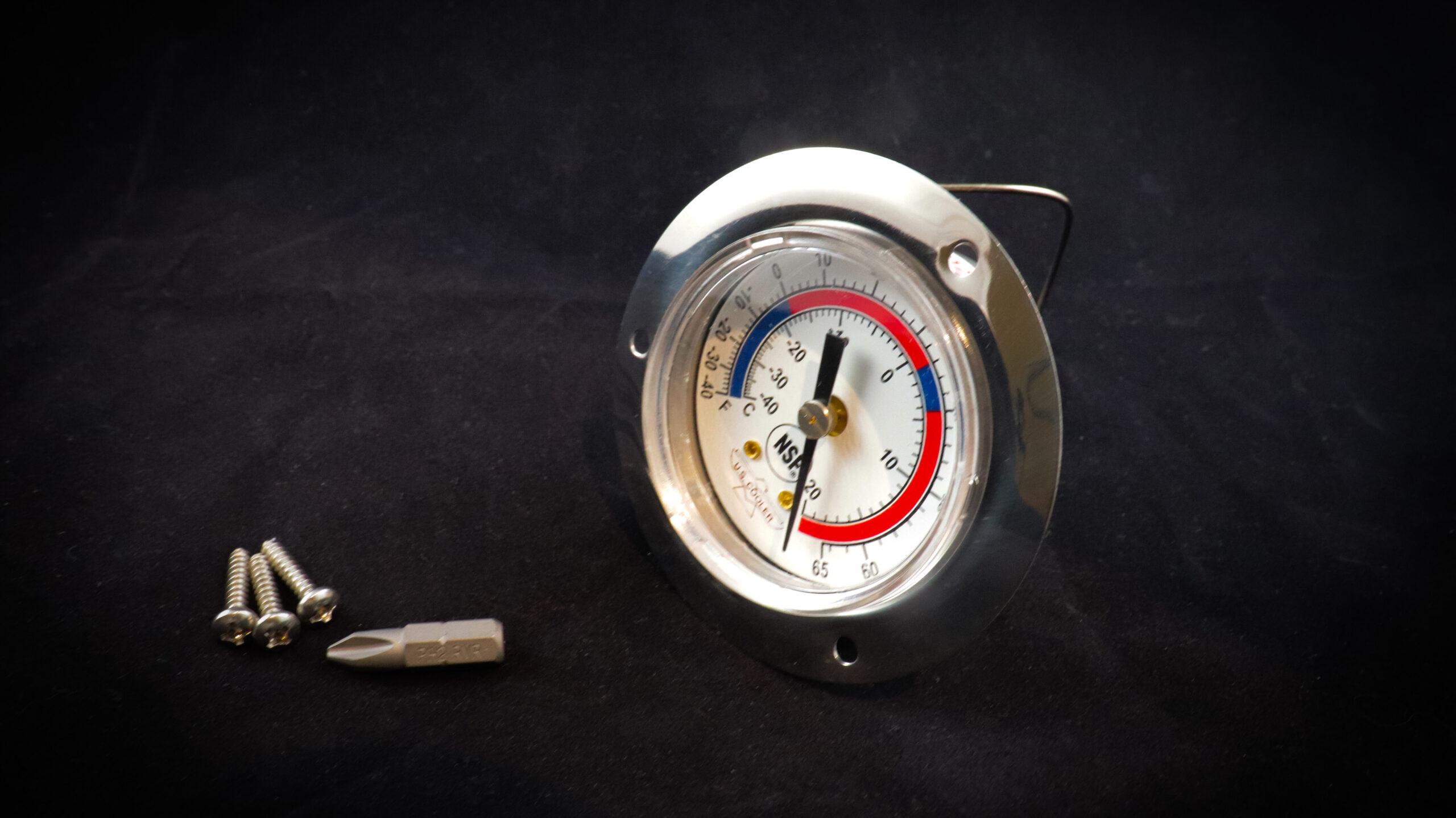
Walk-in coolers and freezers are essential equipment for many businesses, such as restaurants, grocery stores, convenience stores, and more. They help keep food and beverages fresh and safe for consumption. However, like any other equipment, walk-in coolers and freezers can wear out or break down over time. This can result in spoiled food, lost sales, unhappy customers, and health code violations.
That’s why it’s important to know when to replace a walk-in cooler part before it causes more serious problems. Replacing a worn-out or damaged part can help extend the lifespan of your walk-in cooler or freezer and improve its performance and efficiency. But how do you know when to replace a walk-in cooler part? What are the signs and symptoms of a faulty part? And how do you replace a walk-in cooler part yourself?
In this blog post, we will answer these questions and provide some tips and tricks on how to replace a walk-in cooler part. We will cover the following topics:
-
- The most common walk-in cooler parts that need replacement
- The signs and symptoms of a faulty walk-in cooler part
- The steps to replace a walk-in cooler part
- The benefits of replacing a walk-in cooler part
The Most Common Walk-in Cooler Parts that Need Replacement
Walk-in coolers and freezers consist of various components that work together to maintain the desired temperature and humidity inside the unit. Some of these components are more prone to wear and tear than others, and may need replacement more frequently. Here are some of the most common walk-in cooler parts that need replacement:
-
- Door gaskets: Door gaskets are the rubber seals that surround the door and prevent cold air from escaping and warm air from entering the unit. Door gaskets can crack, tear, or lose their magnetism over time, resulting in air leaks and energy loss.
- Door sweeps: Door sweeps are the strips that attach to the bottom of the door and block dust and moisture from entering under the door. Door sweeps can wear out or get damaged by carts or pallet trucks, resulting in gaps and air leaks.
- Heater wire trims: Heater wire trims are the strips that hold the heater wire in place along the door frame. Heater wire prevents the door gasket from icing up and sticking to the frame. Heater wire trims can break or loosen over time, resulting in heater wire malfunction or exposure.
- Hinges: Hinges are the metal parts that connect the door to the frame and allow it to open and close smoothly. Hinges can rust, bend, or break over time, resulting in door misalignment or difficulty opening or closing.
- Handles: Handles are the metal parts that allow you to open and close the door easily. Handles can rust, loosen, or break over time, resulting in door lock issues or difficulty opening or closing.
- Thermostats: Thermostats are the devices that control the temperature inside the unit by regulating the refrigeration system. Thermostats can malfunction or fail over time, resulting in inaccurate temperature readings or fluctuations.
- Refrigeration systems: Refrigeration systems are the devices that produce cold air inside the unit by compressing and evaporating refrigerant. Refrigeration systems consist of various components, such as compressors, evaporators, condensers, fans, valves, etc. Refrigeration systems can leak, clog, overheat, or fail over time, resulting in insufficient cooling or no cooling at all.
The Signs and Symptoms of a Faulty Walk-in Cooler Part
Depending on which part is faulty, you may notice different signs and symptoms of a problem with your walk-in cooler or freezer. Here are some of the most common signs and symptoms of a faulty walk-in cooler part:
-
- High energy bills: If your energy bills are higher than usual, it may indicate that your walk-in cooler or freezer is working harder than it should to maintain the temperature. This could be due to air leaks caused by worn-out door gaskets or door sweeps, or refrigeration system issues caused by faulty thermostats or refrigeration components.
- Temperature fluctuations: If your temperature readings are inconsistent or inaccurate, it may indicate that your thermostat is malfunctioning or your refrigeration system is not working properly. This could result in food spoilage, safety hazards, or regulatory violations.
- Ice buildup: If you notice ice buildup on your door gasket, door frame, evaporator coil, or floor drain, it may indicate that your heater wire is not working properly or your refrigeration system is not defrosting properly.
- Water leakage: If you notice water leakage from your door, floor drain, or refrigeration system, it may indicate that your door gasket or door sweep is not sealing properly, your floor drain is clogged or frozen, or your refrigeration system is leaking refrigerant. This could result in water damage, mold growth, or refrigerant poisoning.
- Noise issues: If you hear unusual noises from your door, hinges, handles, or refrigeration system, it may indicate that something is loose, broken, or malfunctioning. This could result in poor performance, safety hazards, or equipment failure.
The Steps to Replace a Walk-in Cooler Part

If you notice any of the signs and symptoms of a faulty walk-in cooler part, you may want to replace the part yourself or call a professional technician. Replacing a walk-in cooler part can be a simple or complex task, depending on the type and condition of the part. Here are some general steps to replace a walk-in cooler part:
-
- Identify the faulty part: The first step is to identify which part is causing the problem and needs replacement. You can do this by inspecting the part visually, checking the temperature readings, listening for noises, or using a voltmeter to test the electrical components.
- Turn off the power supply: If the part is connected to the electrical or refrigeration system, the next step is to turn off the power supply to the walk-in cooler or freezer before you start working on it. This will prevent electric shocks, injuries, or damage to the equipment.
- Remove the old part: The next step is to remove the old part carefully and safely. You may need to use tools such as a screwdriver, a wrench, a hacksaw, or a knife to loosen and detach the part. You may also need to cut or disconnect wires or pipes if the part is connected to the electrical or refrigeration system.
- Install the new part: The next step is to install the new part correctly and securely. You may need to use tools such as a screwdriver, a wrench, a drill, or a hammer to attach and fasten the part. You may also need to connect wires or pipes if the part is connected to the electrical or refrigeration system. Make sure to follow the manufacturer’s instructions and specifications for the new part.
- Turn on the power supply: The final step is to turn on the power supply to the walk-in cooler or freezer and test if the new part is working properly. You can do this by checking the temperature readings, listening for noises, or looking for leaks.
- The Benefits of Replacing a Walk-in Cooler Part
- Replacing a faulty walk-in cooler part can have many benefits for your business and your customers. Here are some of the benefits of replacing a walk-in cooler part:
- Improved performance and efficiency: Replacing a faulty walk-in cooler part can help improve the performance and efficiency of your walk-in cooler or freezer. This can help maintain the optimal temperature and humidity inside the unit and prevent food spoilage and waste. This can also help reduce your energy consumption and save money on your utility bills.
- Enhanced safety and compliance: Replacing a faulty walk-in cooler part can help enhance the safety and compliance of your walk-in cooler or freezer. This can help prevent accidents, injuries, or illnesses caused by electric shocks, water leaks, refrigerant leaks, ice buildup, or temperature fluctuations. This can also help avoid health code violations and fines from regulatory agencies.
- Extended lifespan and durability: Replacing a faulty walk-in cooler part can help extend the lifespan and durability of your walk-in cooler or freezer. This can help prevent major breakdowns or failures that may require costly repairs or replacements. This can also help preserve the quality and appearance of your walk-in cooler or freezer.
Conclusion
Walk-in coolers and freezers are vital equipment for many businesses that need to store food and beverages at low temperatures. However, they can also wear out or break down over time due to various factors. That’s why it’s important to know when to replace a walk-in cooler part before it causes more serious problems.
Visit Walk-in Cooler Parts for all your replacement part needs!
